Renowned as one of the world’s leading photography museums, Fotografiska opened a brand-new venue in Berlin. Opening its doors on September 14, 2023, to coincide with the start of Berlin Art Week, Fotografiska offer three must-see exhibitions. Located in the heart of the Mitte district, the new museum spans an impressive 5,500 square meters on Oranienburger Straße, becoming the fourth installment in Fotografiska’s group, alongside Stockholm, Tallinn, and New York.
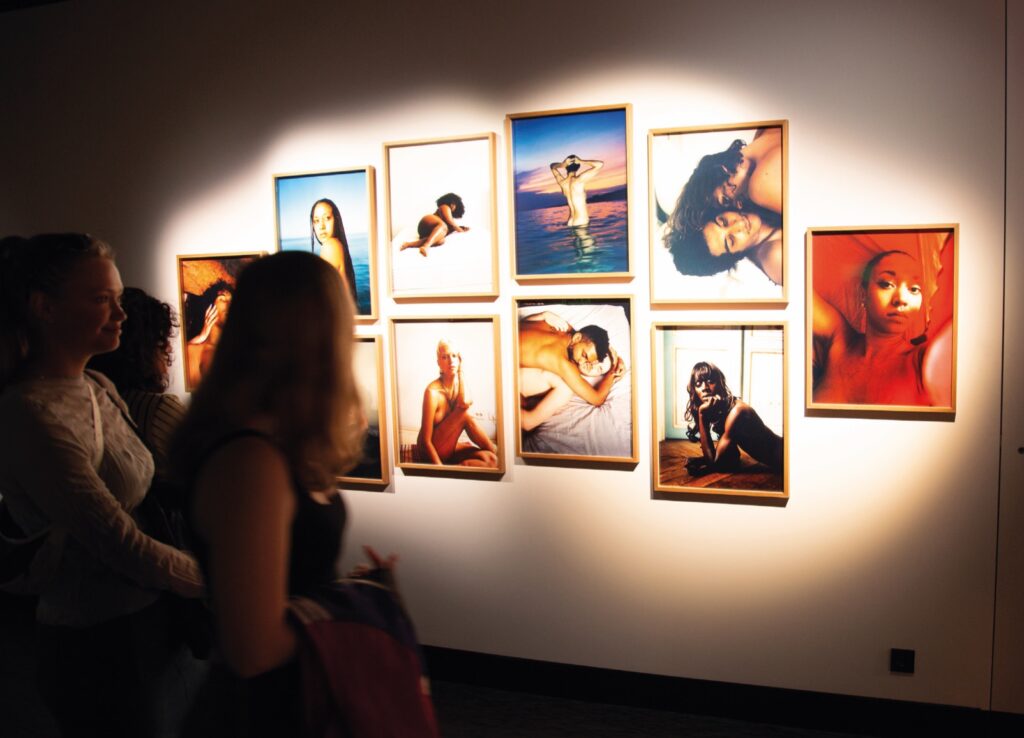
Embarking on a promising project, Fotografiska sets out to become a benchmark in the global photography landscape, offering a selection of exquisite exhibitions. The group’s previous notable projects include Miles Aldridge’s “Virgin Mary. Supermarkets. Popcorn. Photographs 1999 – 2020,” Elizaveta Porodina’s “Un/Masked,” Pixi Liao’s “Experimental Relationships,” and Cooper & Gorfer’s “Between These Folded Walls, Utopia”. Last, but certainly not least, the extraordinary celebration of David LaChapelle’s career that took place in New York with the exhibition “make BELIEVE.”
Yousef Hammoudah, executive director of Fotografiska Berlin, envisions the museum “as a premier destination for established artists, up-and-coming talents, and the internationally renowned creative community in Berlin. We recruited a world-class team to create unique cultural experiences in a building that narrates the city’s history. It is a great honor and joy for all of us to add this new chapter to Berlin’s rich history with Fotografiska Berlin.” Yoram Roth, President of the Fotografiska Museum Group, states that “We are extremely happy to finally bring Fotografiska to Berlin, a city with such a rich and vibrant art scene. It is my city, the creative heart of Europe and the perfect place to open the next Fotografiska Museum.”
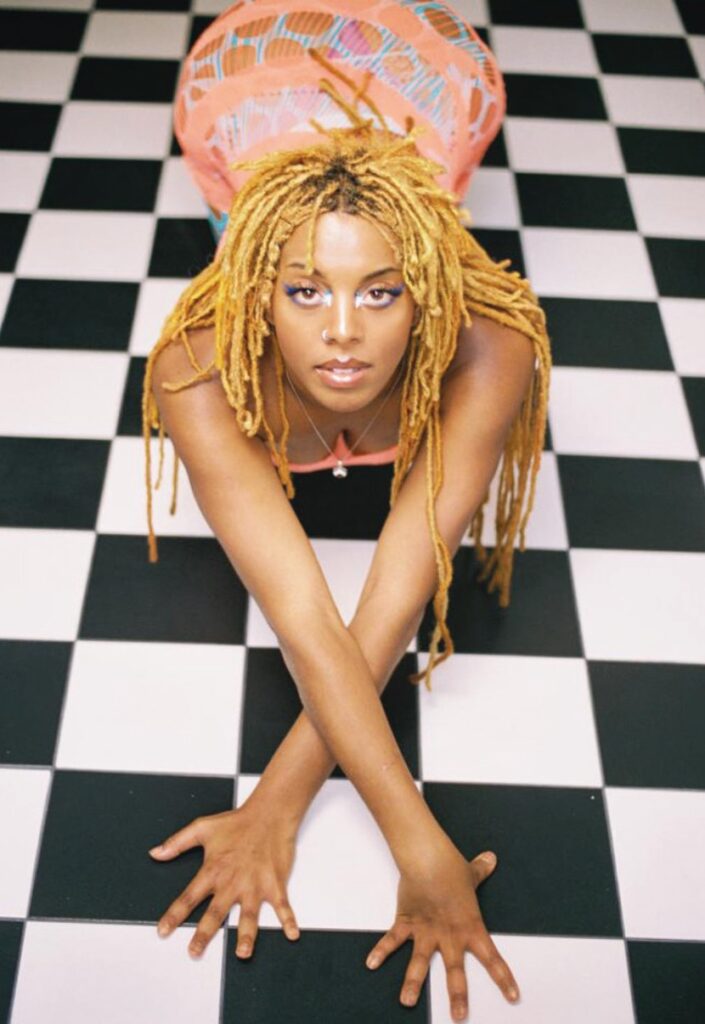
Founded in Stockholm in 2010, Fotografiska is a key destination for the discovery of world-class photography; indeed, the group’s website includes a mission statement that reads as follows: “Our mission is to inspire a more conscious world through the power of photography. We believe photography is an inclusive medium with the unique ability to shape emotions, convey stories and effect change. Our exhibitions do more than entertain, we aim to create impact. Fotografiska creates powerful rotating exhibitions, spanning various genres, in intimate collaboration with each artist, their galleries, and their particularities to curate deeply personal exhibitions. We offer artists a platform to display their photographs like nowhere else in the world, bringing their work to life and transforming it into a multidimensional emotional experience.”
Fotografiska Berlin will open with three upcoming exhibitions that explore aspects of visual culture in the contemporary social landscape: Whiteface by Candince Breitz, USSYPHILIA by Juliana Huxtable, and he group exhibition NUDE. Breitz (born in Johannesburg in 1972) gained international acclaim with her video installations. Throughout her career she explores the dynamics of personal identity, examining how individuals define their sense of self in relation to larger communities, such as family. These can also be imagined communities, which contribute to shaping people’s identities, stimulated by such issues as national belonging, race, gender, and religion, but also by the growing and undeniable influence of dominant media, like television, film, and other forms of popular culture.
According to the artist, commercial images, TV shows, movies, pop music, and video clips represent both an oppressive force, capable of flattening the diversity of local cultures, and, at the same time, a fertile ground, a form of shared and globally consumed heritage. Lately, Breitz’s investigation has been focused on empathy and the ways in which people identify with fictional characters and celebrities in a media-saturated global culture, while being indifferent to real-world adversities. In 2022 Breitz completed her White Noise Trilogy, made of three multi-channel video installations: Love Story (2016), TLDR (2017), and Whiteface (2022).
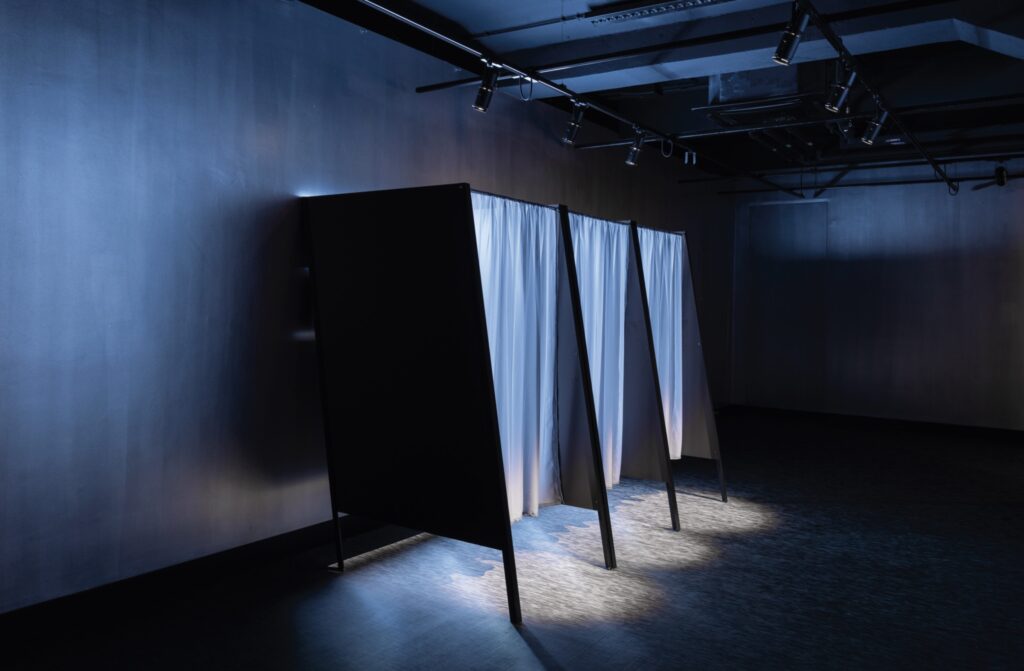
Marina Paulenka, director of exhibitions at Fotografiska Berlin, believes that Candice Breitz’s work conveys strong and urgent messages. In particular, Whiteface is an important tool in today’s social discourse: “Candice Breitz combines performance, images, and language to convey unpleasant realities, but it does so in a wise and humorous way.” Executive Director Yousef Hammoudah further adds that “Fotografiska Berlin aims to challenge established narratives in order to make room for new perspectives. We are thrilled to introduce Whiteface as one of our opening exhibitions because it ignites a debate that we believe to be crucial and of paramount importance.”
In Whiteface Breitz intertwines a vast series of footage where “white people talk about race”. For this work the artist turned to an extensive archive that includes voices of public figures, politicians, TV personalities, but also lesser-known voices of Youtubers who nevertheless have the power to influence their audiences. Breitz’s work exposes white perspectives that range from Nazi ideology to far-right propaganda and the everyday racism of the “good white boys.” In particular, the artist’s archive of voices highlights the growing anxiety of whites in the face of calls to dismantle white supremacy that proliferate around the world; thus Breitz offers us insight into the ongoing backlash against anti-racist movements as whites try to come to terms with a discourse that highlights phenomena such as white privilege, white fragility, white rage, and white guilt.
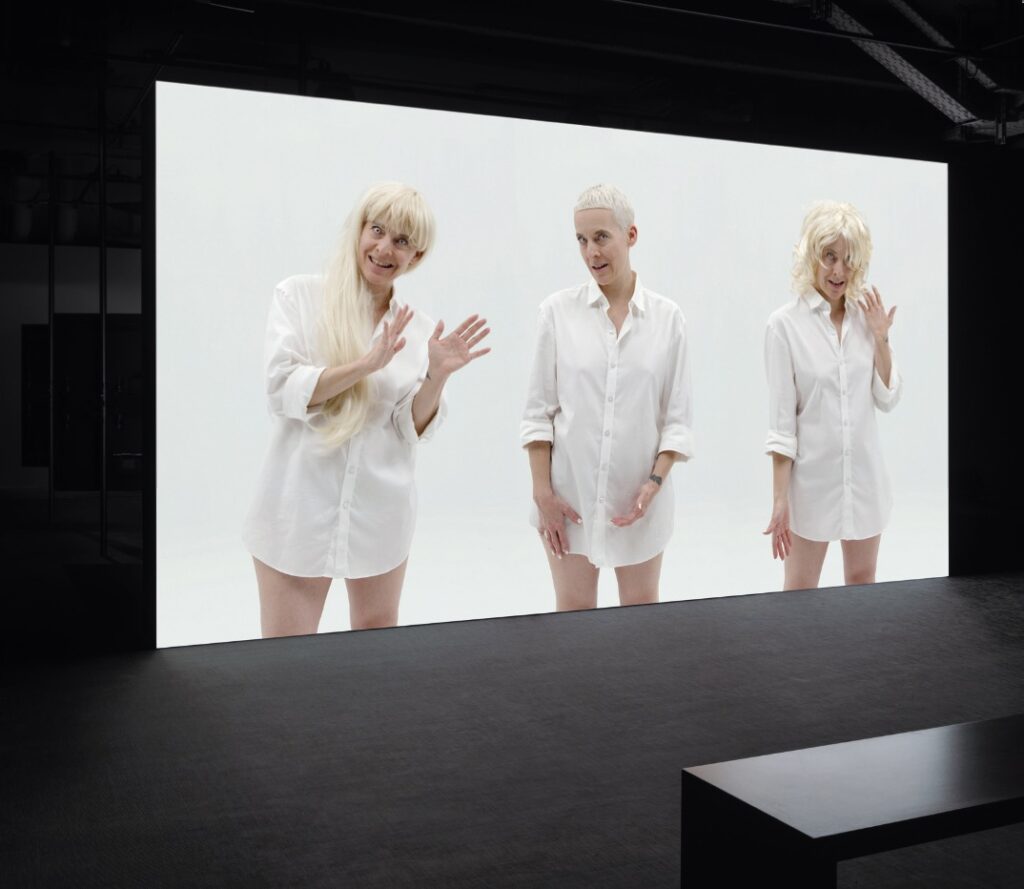
Candice Breitz, wearing a white shirt and zombie-like contact lenses, moves amid rows of cheap blonde wigs. Her own head with its distinctive platinum hair stands out clearly. This deliberate portrayal of the artist without a wig aims to acknowledge her involvement in “whiteness.” Yet her satire primarily targets the concept of whiteness itself, rather than white individuals. Breitz intends to shed light on the condition of whiteness by accumulating and replaying words that form a sort of vocabulary of the grammar of this condition. Through a critical exploration of language, the artist examines the ways in which whiteness frames, normalizes, and exploits power. As society increasingly questions white privilege, narratives discussing the extinction of whiteness have multiplied across the political spectrum. In a time when we face the imminent threat of mass extinction due to climate change and other looming crisis, Whiteface serves as a parody that exposes the absurdity of white extinction anxiety, highlighting the narcissism of this condition.
Whiteface is a deliberately theatrical performance in which the artist draws the viewer’s attention to the artificial nature of whiteness and, more in general, of all racial categories. With her bleached presence and her haunting zombie-eyed appearance she effectively conveys the idea that race is a dangerous fabrication with tangible and violent consequences. In addition to Whiteface, Breitz will also premiere seven single-channel videos from a new body of work, “White Mantras,” as well as a series of photographic portraits capturing the diverse cast of characters that appear in Whiteface.
The second opening showcases Juliana Huxtable’s largest European exhibition, titled Whiteface. Huxtable, born in 1987 in Bryan-College Station, Texas, is an acclaimed artist known for her multidisciplinary work that investigates issues of gender, race, identity, queerness, and sexuality. With her work the artist unearths dormant and marginalized stories, narratives, and technologies, thus challenging prevailing discourses that surround our contemporary conceptions of identity, future, and politics.
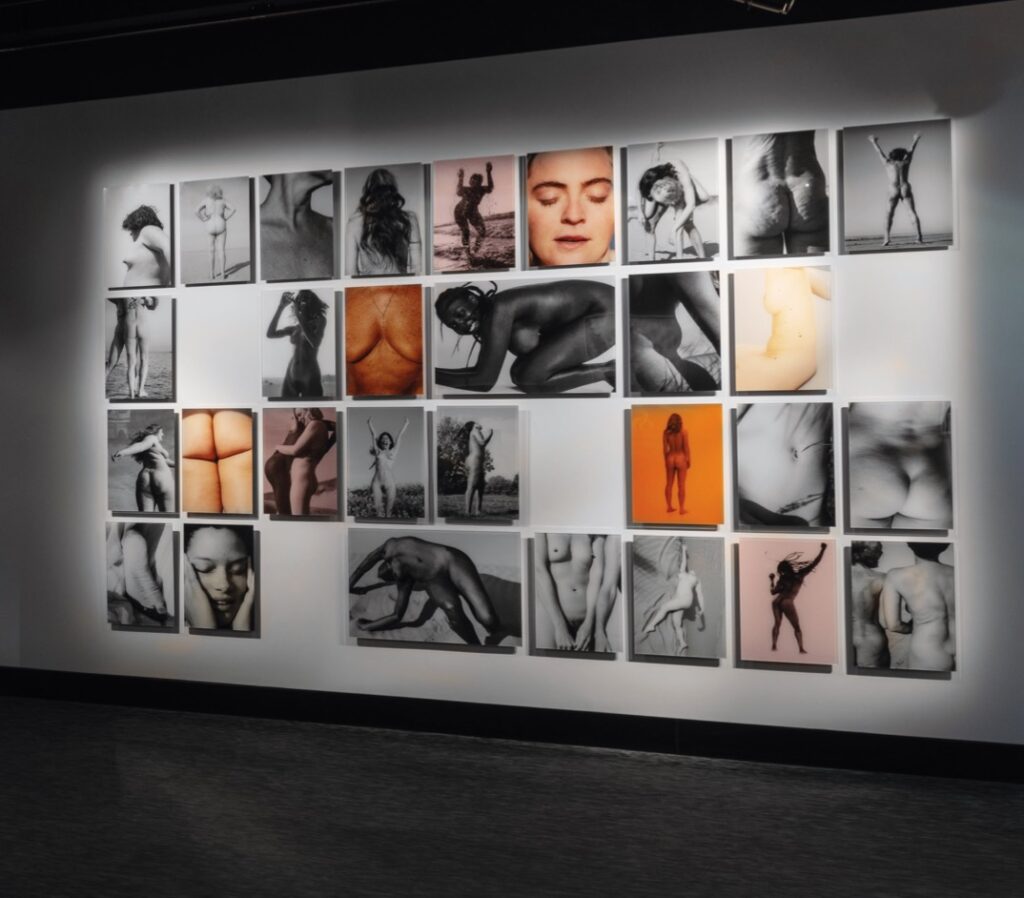
“Beginning with her essayistic approach to visual representation, the narrative develops through a performative painting of her body, posing in front of the camera. Self-portraits thus become poetry with references, a photograph that is painted, printed, and then constructed again,” says Marina Paulenka, director of exhibitions at Fotografiska Berlin.
Through painting, photography, text, and video, the artist defines a peculiar aesthetic that often embraces digital and Tumblr-inspired visual styles. Huxtable’s artistic practice provides a crucial critical voice on identity, particularly her own identity as a transgender Black woman. Her work delves into various aspects of reality, filtered through the lens of personal experience. Inextricably intertwined with politics, our individual experience presents opportunities for disobedience, which Huxtable explores through her ever-evolving self-portraits. By manipulating layers of images and embodying a multidimensional interspecies persona, the artist reexamines both the perception and the construction of images. As a result, she introduces fresh subjectivity to a mythologized exploration of identity, its limitations, and its relationship with a sexualized body, transcending what is normally identified as “human”. All this serves as a response to the prevailing political and social climate.
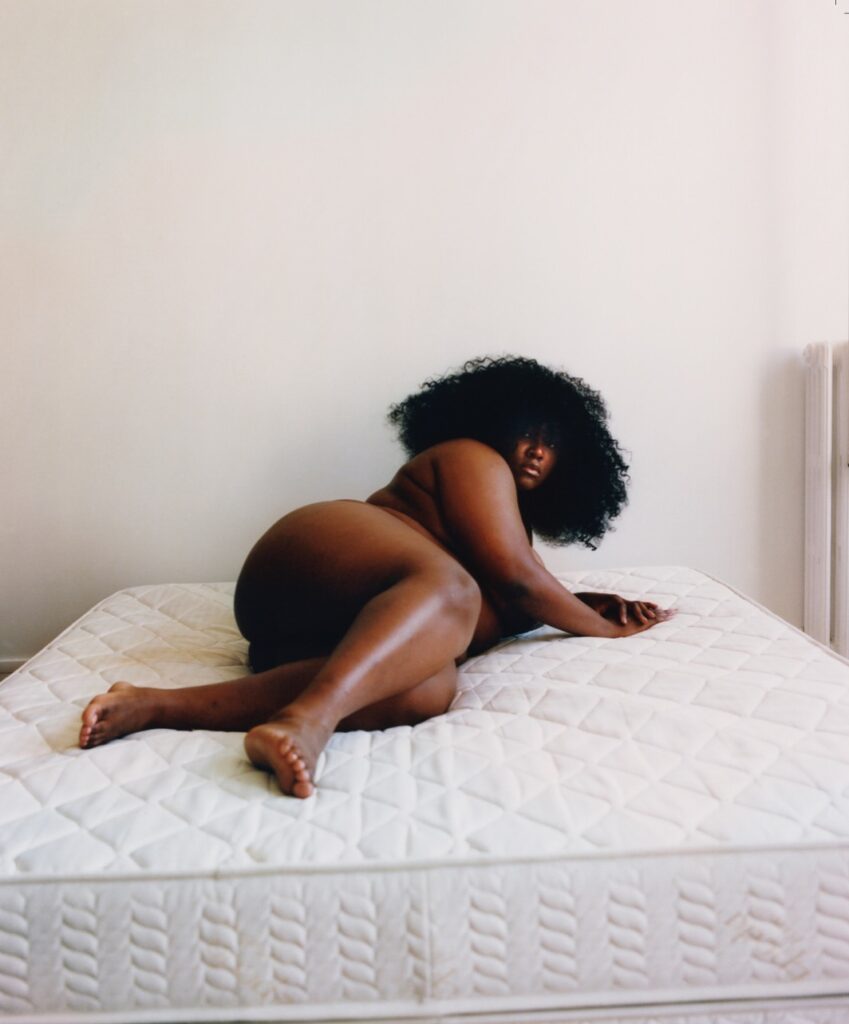
The group exhibition NUDE encompasses the work of over 30 women artists from 20 different countries, addressing the longstanding fascination with the naked human body throughout history. It transports this fascination to the contemporary context by exploring the intersections of gender, race, and identity. For instance, the exhibition features works by Denisse Ariana Pérez, such as “A Poetic Lesson on Black Anatomy”. In this respect, the artist remarks that “it is difficult to summarize blackness. It has many meanings, shades, and tones. Blackness is inherently poetic and diasporic. It is always changing and transforming, never static and one-sided.” Additionally, the exhibition showcases works from Evalyn Bencicova’s latest audiovisual project, Aether, in which the artist delves into the construction of the world through storytelling, developing a compelling narrative using the body, voice, sound, space, and movement in the 3D realm. The exhibition also features works by Bettina Pittalunga, Momo Okabe, who wistfully tells stories of sex and death, and Julia SH, whose work is centered around the human form in all its iterations, particularly focusing on the female form.







